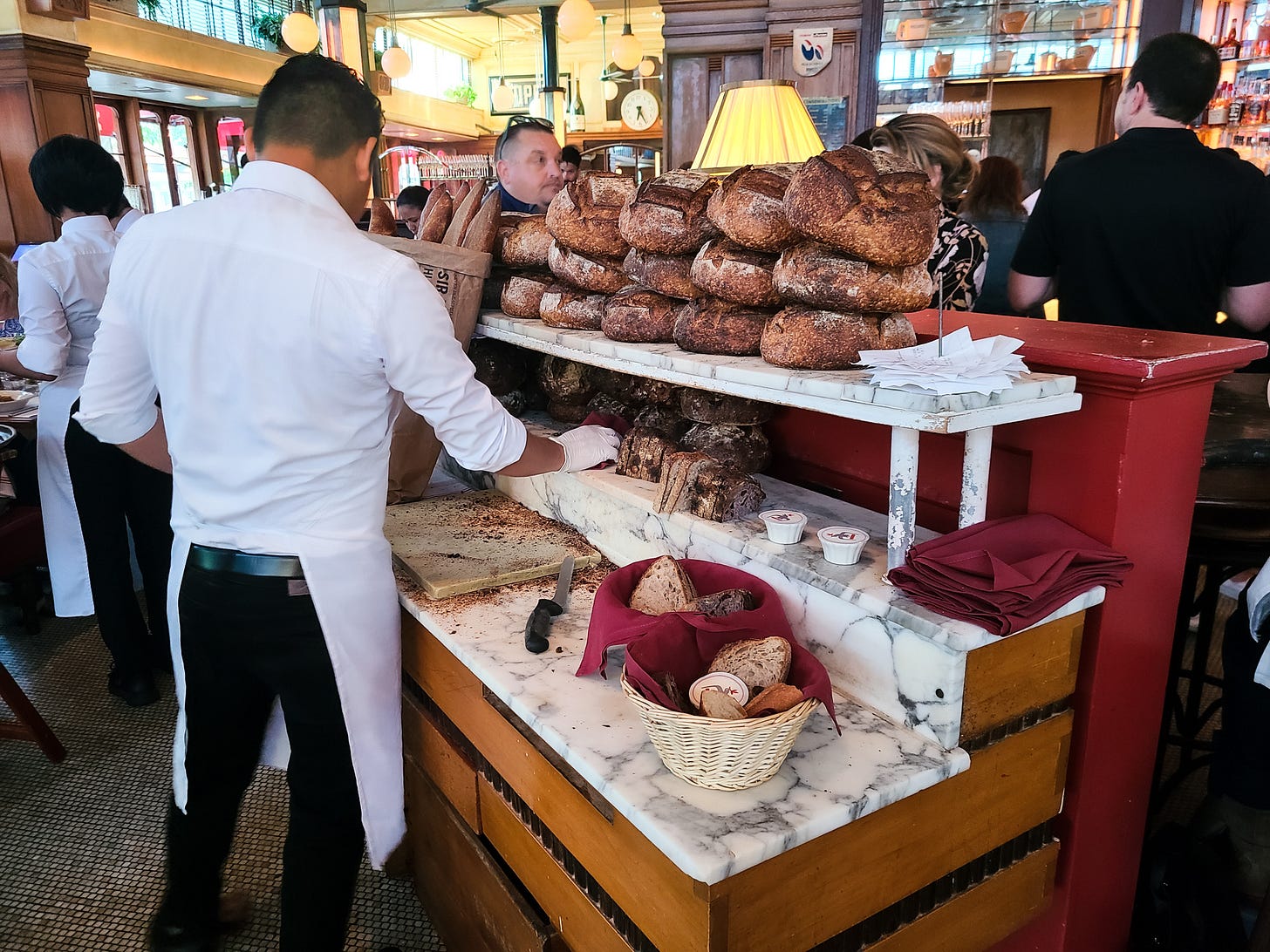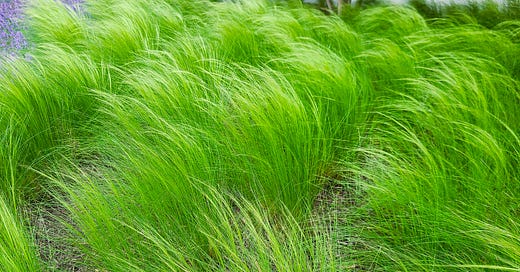separating wheat from chaff
the scoop on the whole grain baking buzz (or the science & benefits behind exceptional bread, or Matthew 3:12, you pick your narrative)
yes, you could google all of these, but this is just for me to have a one-stop-shop for all of the nomenclature and terminology related to whole grain baked goods & the baking process :)
disclaimer: definitions may not be as rock-solid as **insert your favorite trusted health information website here because I personally had a difficult time finding one**, but at least I didn’t use Wikipedia and also give me grace because I’m not writing a PhD dissertation. xoxoxo

Ancient Grain // grains that originated in indigenous cultures and have been grown the same way for hundreds/thousands of years
⭐includes: amaranth, sorghum, quinoa
⭐many of these are pseudo-cereals
Annual Grain // grain that needs to continually be replanted
Cold-Milled // aka: ground, eliminates any heat destruction that will reduce a seed/spice’s nutritional components
Heirloom Grain // (aka: heritage grain) grains that were brought to the West by immigrants but also share the same characteristic as Ancient Grains in that they have been grown the same way for hundreds of years. These grains haven’t been adulterated or genetically modified in any way
⭐includes: farro, triticale, einkorn wheat, kamut/Khorasan wheat
⭐even more niche heirloom grown by local farmers: sonora, turkey red, blue emmer
Lacto-Fermentation // when a living fermented culture, like a sourdough starter, breaks down/pre-digests gluten; this:
Breaks down complex carbohydrates into prebiotics which nourish your gut microbiome
Significantly enhances the digestibility of gluten for those with gluten sensitivity
Long Fermentation // digestive process carrier out by microorganisms like bacteria and yeast that creates a desirable change in food. In regards to grains, it breaks down the gluten molecules that allows the product to be more digestible.
Modern Grain // grains that have been bred for rapid growth (i.e., through hybridization or genetic modification), an improved milling ability, and have been heat treated/processed to yield a shelf-stable product. In consequence, the micronutrient and antioxidant content is reduced
⭐includes: wheat, corn, rice
Naturally Leavened // a baked good that solely uses a form of wild yeast/lactic acid bacteria (LAB) that is found in sourdough starters/levain to get the “rise,” which means you don’t need to use commercial yeast!
Nixtimalization // process for preparing grains (typically dried corn), where the grain is soaked and cooked in an alkaline solution (usually lime water), then washed & hulled
Organic Grains // will be void of troubling chemicals such as:
Glyphosate // weed killer that is sprayed on conventional wheat pre-harvest that is correlated with cancer and autoimmune issues
Perennial Grain // grain that regrows year after year without needing to be replanted; allows their root systems to grow far deeper into the earth
⭐includes: Kernza
⭐higher in nutrition due to their extensive root systems that allow them to extract more nutrients from the soil
Phytic Acid // also labeled as an anti-nutrient; a compound found in grains that can hinder the absorption of essential minerals (i.e., calcium, iron, magnesium)
Phytonutrients // fight free-radical damage
Preferment // a mixture of flour, water, and leavening agent that is left to ferment before mixing into a final dough. Aids in bringing flavor, aroma, and maintaining a quality in bread, and breaks down phytic acid into soluble phosphatic acids for easier digestion of gluten.
⭐includes: levain, starter
Levain // mixture of fresh flour, water, and some ripe starter. Can be used to scale up the preferment or alter the flavor of your preferment.
Sourdough Starter // combination of wild yeasts and suitable bacteria that can live indefinitely if properly maintained; is rich in specialized enzymes that dissolve phytates and allow minerals in the bran to be more easily absorbed by the body
Pseudo-cereals // plants that produce fruits or seeds which are used and consumed as grains even though they are botanically neither grasses nor true cereal grains. Typically high in protein & gluten-free.
⭐includes: amaranth, quinoa, buckwheat, chia seeds
Regenerative Agriculture // farming method that focuses on soil health by minimizing the ploughing of land, rotating crops & moving grazing animals to different pastures, and using animal manure & compost to return nutrients to the soil. The ultimate goal is to enhance ecosystem biodiversity, produce nutrient-dense food at higher volumes, and store more carbon in the soil to help mitigate climate change.
Whole Grain // whole grain seed kernel = bran + germ + endosperm; contains more iron, magnesium, and B vitamins than white flour; research has shown a positive impact of whole grain flour on preventing conditions like diabetes and heart disease
Bran // multi-layered outer shell, rich in fiber, vitamins, minerals
Fiber // prevent & relieves constipation, help you feel satiated for longer, and can aid in maintaining a healthy weight & lowering the risk of diabetes, heart disease, and some types of cancer
Germ // stores essential fatty acids, vitamins, minerals
Endosperm // interior layer that contains carbohydrates and protein
Sources:
cold milling—cleancuisine.com
definition of pseudo-cereal—thespruceeats.com
heirloom & perennial grains—wellandgood.com
modern grains—bupa.com.au
phytic acid—mariascondo.com
preferment—theperfectloaf.com
regenerative agriculture—weforum.org
~ cath!!





